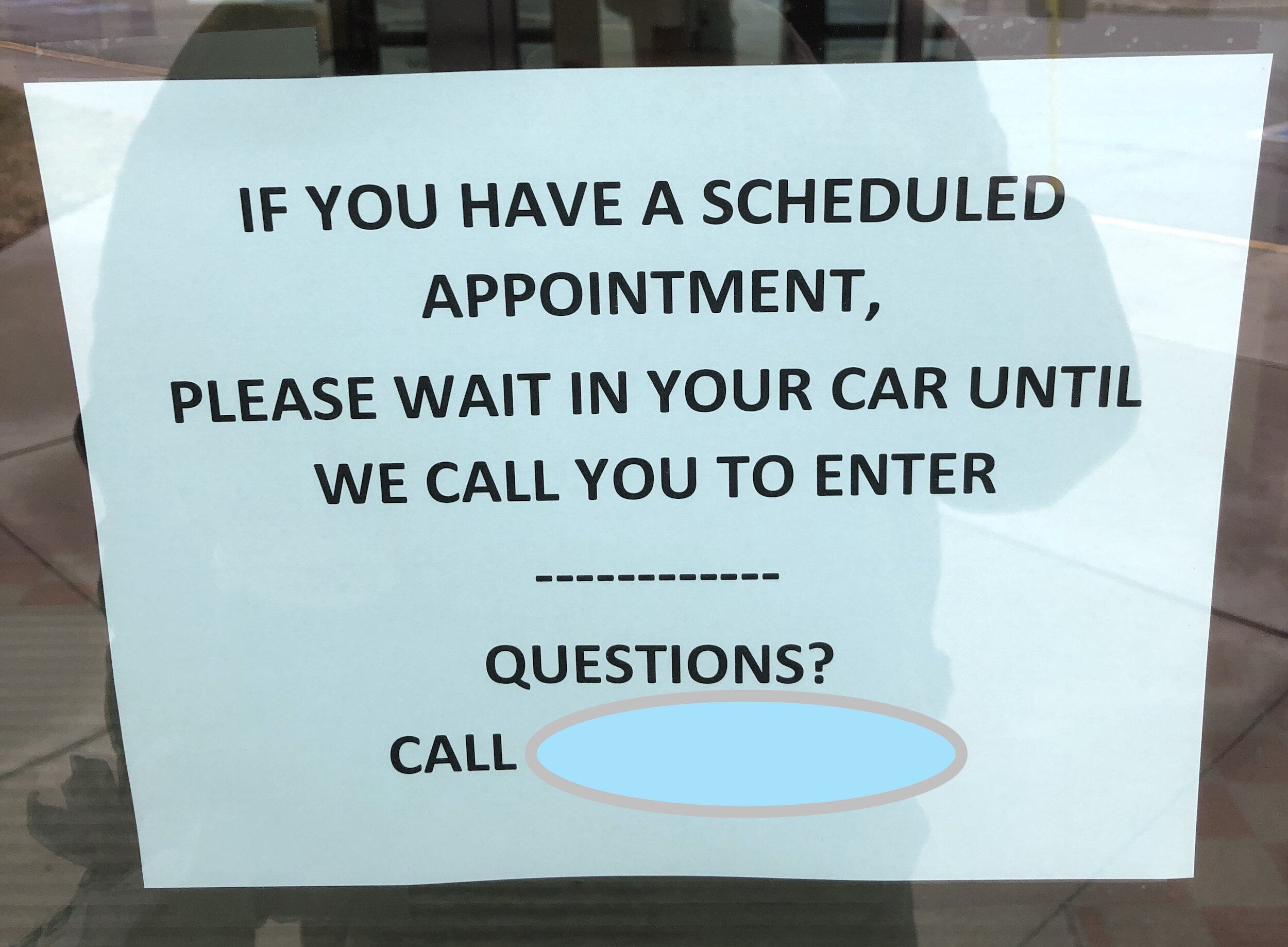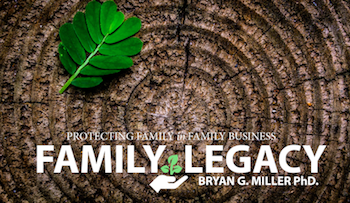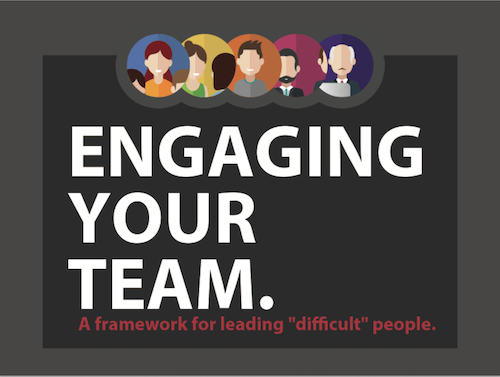After I had finished speaking, a family friend approached me. He said, "I really enjoyed what you had to say, but I noticed that your parents walked out on you!"
It started like this . . .Several years ago I was speaking in a city near where my parents lived. It just happened that they had travel plans and were leaving from the airport in that city and told me that would swing by and listen to my "talk" . . . but, they would have to leave before I was done to catch their flight. I connected with them before the speech, started my presentation and, when they stood up--waving as they snuck out the back--I nodded in their direction to acknowledge the prearranged plan.
My response to my twinkle-eyed friend who delighted in putting me on the spot? I told him, "Well, that's okay, you can't teach your parents anything anyway!"
Which brings me to talking about Mavericks. Sometimes they are charismatic leaders. Entrepreneurial types. Visionaries. Sometimes they are ideologs--passionate about their mission. Sometimes they're family.
Too often the vary characteristics that make these Mavericks successful often sow the seeds that cause their work to implode once they are no longer "in the driver's seat." The dynamics of following a leader who was a "golden child" or domineering force are turbulent with threats of comparisons, resistance to change, and stress.
To make things more complicated, Mavericks rarely see the risk. After all, their nature tends toward confidence, maybe over confidence. They believe they can succeed where others do not--create a new product or market, improve upon the established product or service, out hustle and out sell the competition. The challenges of continuing that success beyond their reign seldom is a focus.
So, how do you help these Mavericks avoid an implosion that brings down the fortifications they have worked so hard to build?
- Determine who, relative to the Maverick, has the position or relationship that will allow them to be "heard. As my opening story implies, relationships impact how information impacts us. If it hadn't been my parents who left and my friend had said, "I noticed someone walked out on you." The meaning is very different than having your parents walk out. Will the Maverick trust the guidance of a long-time advisor, a colleague, industry expert, extended family member? Who delivers the message can be critical to its success or failure.
- Acknowledge their willingness to take risks and the importance of their leadership. Mavericks often react to any implication that they are not willing to face changes or that their ego is too attached to being in charge. Once again, the confidence they often exude does not lend itself toward being self-critical. Acknowledging that they have been willing to take risks and change (certainly true) set up the next step.
- Use their experiences to frame the present as a challenge . . . in a series of historical challenges. By getting them to review the decisions they had to face, the risks they had to overcome, and the threats they faced you can highlight how a failure to act would have resulted in missed opportunities or even failure.
- Explore how the current situation is like past challenges. Mavericks once again tend to have a wonderful focus. They know what they think and believe. They know what their end goal is. What they often don't do well is to adequately consider factors that go against their vision. But, they have a history that where they have encountered roadblocks and threats. They have met them and made adjustments to survive. Help them recall this and focus on how to be proactive to prevent future threats.
- introduce the need for facing the current risks. By now, you should have gathered enough information to tie their experiences into a well-defined "argument" for how the current situation calls for facing the challenge and risks of change. Lay out your argument. But don't offer a pre-designed solution.
- Don't back down. The Maverick's first response may be to challenge you. After all, they are confident in their own thinking and simply trust other's take on a situation they know better than anyone. Displaying confidence here will likely help them consider the idea more seriously. Vacillating will only send the signal that you are uncertain and the Maverick will likely see this as a need to provide confidence and control and stick with their own plan.
- If they agree, utilize them to come up with a plan. After all, these tend to be very capable people at least in some areas. Engage them in coming up with ideas. But remember to challenge their thinking in areas in which they are not strong. So in the case that follows the answer is not "the son needs to be like me!" the answer lies in "how to support the son's growth-with his own strengths--as a leader."
- Give them a role or job. I think of the typical Maverick as a "working dog." Like a Border Collie or similar breed they do best when they have a job to do. Whether that job is to develop a new product line, find the right advising team for the son, or become a philanthropist or community leader . . . simply stopping or stepping back is a harder concept than doing something new.
- Be willing to give up your position to help the organization. Who ever has the task of challenging the Maverick needs to accept that this may "poison" the relationship with the Maverick if he or she is not ready to consider and accept this new challenge. So often this role needs to be taken by a board member, colleague, advisor, or and "expendable crewman" for the sake of the organization. A family member, especially in a family business context, may be the wrong messenger due to the fact that this may have irreparable consequences for the family
I once talked to a family business owner who confided that he did not think his son could make his own independent decisions. He feared that this son, and mid-life manager was overly-attentive to what others thought and therefore needed his continued supervision. I was incredulous! In fact, the two men were very similar in personality and willingness to be "in charge" and run the business. The younger man however had more "sensitivity" to employees and did not "run rough-shod" over them in his decision making. I knew this younger leader, and in my opinion he in no way, demonstrated an indecisive, tentative, "people pleaser" leadership style. I challenged the father. "So, you are telling me that you raised a son that can't think for himself and make his own decisions?" Thinking this would make him rethink his assessment. It didn't. He replied, "Yes."
While I still did not believe the father's assessment was correct--I saw the son as trying to move toward a more collaborative and inclusive style of management perhaps as a reaction to the autocratic and forceful personality of his father and the father being over confident of the success of his management style--this father's "reality" was where we had to start. "If that's true," I rejoined, "then you need provide the right conditions to help him develop this ability." He didn't disagree. From this, we began to talk about how the father's experiences helped to develop the confidence to make decisions and take prudent risks. We then explored his experience and his son's, noting how the circumstances were different for his son and began to craft a plan to help the son grow in his abilities--including a planned "backing out" of the father's role, some training, and continuing and increasing some industry-specific coaching they had begun to continue support for the son.
We can never forget that most Mavericks truly care about the future of the business in most cases. Even if that caring at times makes them "hold on too tightly." They generally are motivated to help the next leaders succeed. But they may have trouble seeing the practical steps that need to happen to turn this into success without their direct involvement and may need someone to help them find a way to let go of the reigns.
Ebook available: Family Legacy: Protecting the family in family business. No cost, no obligation.



















































